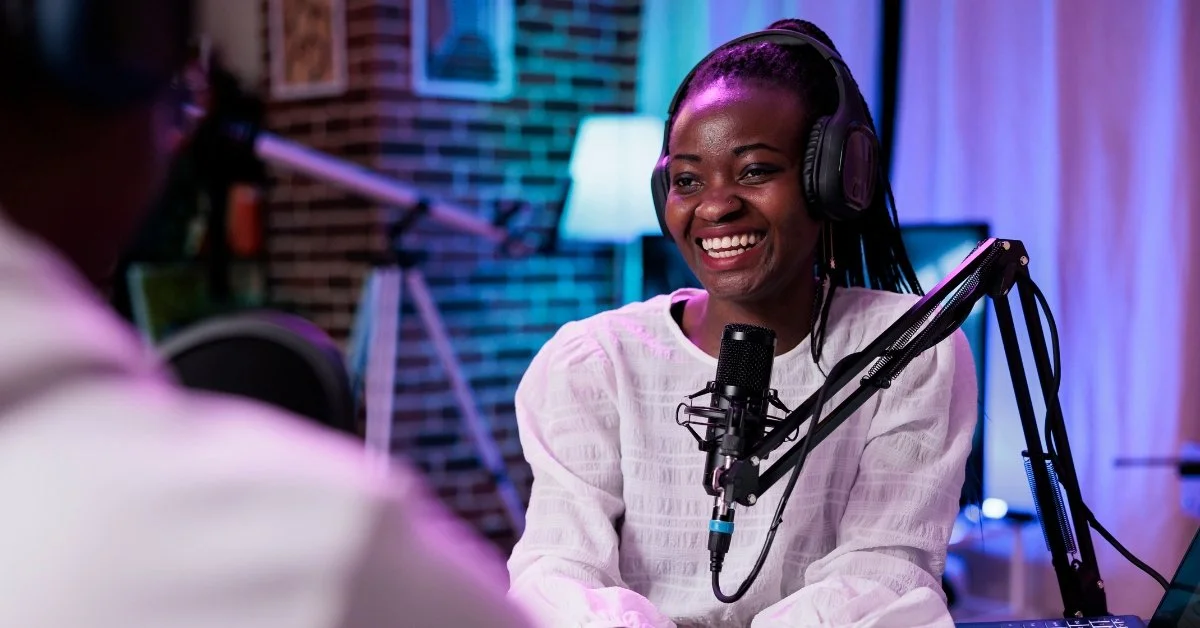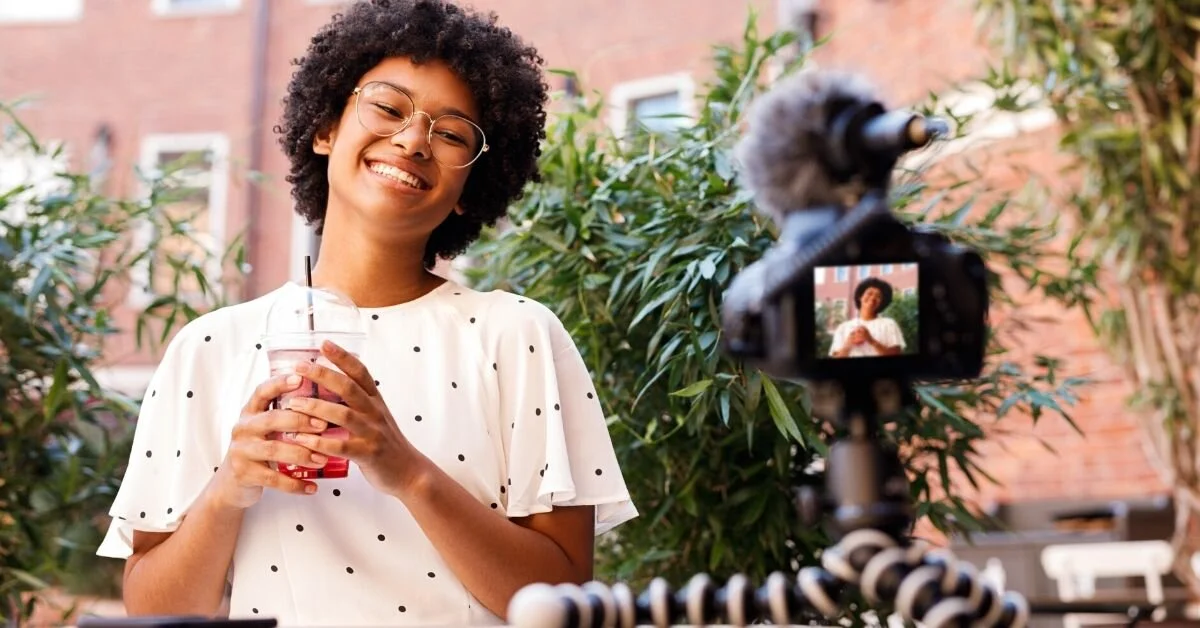5 Questions to Ask Before Partnering with an Influencer
7 MIN READ
In today’s influencer culture, there’s new tea spilled and some skeleton dramatically unveiled from a carefully hidden closet pretty much every day if you know where to look. Influencers of all different sizes and niches are put on blast when bad behavior is uncovered, whether it’s something as innocuous as improperly disclosing ad content or much more insidious behaviors that should ultimately result in jail time.
When these instances happen, influencers not only have disappointed fans—they’ve also impacted the perception of the brands that have partnered with them, especially if the drama is around a specific collaboration. While this may sound like a terrifying prospect for your brand, it's important to remember that the influencer industry is projected to reach $24 billion by the end of 2024, increasing $3 billion in just a year's time.
This staggering growth shows that influencer marketing isn’t going anywhere and brands can’t simply opt-out of partnering with influencers to maintain sole control over their image. If anything, relying on brand messaging alone can end up negatively affecting a brand, as influencer posts outperform branded posts by 60%.
But how can brands protect their image when even seemingly unproblematic influencers have potential scandals brewing that could reflect badly back on the brand? While there’s no way to guarantee someone’s bad behavior won’t suddenly come to light, we have five questions that you should keep in mind when vetting influencers for your next campaign.
What kind of content are they sharing?
When you first identify an influencer, your first step should be to start digging into their content. To make this search effective, brands must do more than gloss over recent posts—it’s essential to develop a complete profile of this creator to understand how they present themselves online.
The first step is to grab all the links to their social media channels. Occasionally, influencers may not have all of their platforms easily accessible and linked, so you’ll need to do a quick search through different platforms to see if their name or handle pops up. From here, you’ll want to begin spot-checking the type of content they’re sharing for any potential red flags. Here are several examples what you’ll want to look out for:
Political posts that don’t align with your brand values
Content that uses offensive or discriminatory language
Racist, sexist, ableist, homophobic, or transphobic rhetoric
Dog whistles for white supremacist groups
Hidden hate symbols and references
Posts that violate the platform’s terms of use
If you come across any of these red flags, you’ll want to remove this influencer from your list of potential partners and move on to the next potential partner.
How do they respond to comments and feedback?
One of the most important skills influencers need to learn for long-term success is the ability to apologize and actually mean it. People all make mistakes, and influencers are doing so on a much larger scale. The test of a truly impactful influencer is one who can accept feedback and learn from it. This means that when searching for an influencer to add to your roster, you should look into their comments section to see what conversations are taking place and what’s being said about the influencer.
This is necessary for two reasons. First, many people will genuinely try to help an influencer who has made a mistake or done something offensive. For example, if an influencer takes a pet dog to a store that only allows service animals, someone in the comments may point out that this can be extremely dangerous for people who rely on service animals for their health and safety.
In an ideal world, an influencer would apologize, express appreciation for the person sharing this information, and change their behavior to not repeat this mistake again. Sadly, many influencers will simply not respond to comments or try to tell the commenter that their behavior was fine, and it’s “not that deep.” Frequent actions or responses like this give you insight into the character of the influencer and how that may reflect back on your brand.
Another reason to carefully observe these influencer actions is because many will cull their comment section to leave only positive, supportive comments or delete posts entirely that they may have received backlash on. You may quickly discover that the influencer you are interested in working with is actually a mirage and has a reputation for being unprofessional or offensive in their behavior. A quick search of their handle on their social media platform of choice can show you people who are resharing the influencer’s content with feedback or criticism. If there are several people having these types of conversations, but no evidence of it on the influencer’s account, it may mean that the influencer has problematic behavior that they’re choosing to hide rather than address.
What kind of press are they getting?
Depending on an influencer’s success levels, they may be able to hide former bad behavior that you would normally uncover during research. Many influencers have been known to “sic” their followers on other creators who speak out against the larger influencer—often resulting in followers falsely mass reporting the smaller creator’s account to get them banned. But no matter how much they’ve cleaned up their online persona and masked any past misdeeds, the internet is forever and someone out there probably wrote about the influencer’s questionable actions.
A quick way of unearthing these articles is a quick Google search with the influencer’s handle paired with a term like “scandal” or “problematic.” You’d be surprised by the number of listicles out there that go in depth on all the misdeeds of influencers.
While identifying these press hits is important, it’s also necessary to go a step further and truly dive into the controversy. Were these behaviors small mistakes that were apologized for? Did the influencer violate any terms of service on their platform or FTC guidelines? Or was what the person said taken out of context and blown out of proportion? In a world where clickbait titles still garner our interest, it’s essential we take a step further and do the necessary research before completely discounting an influencer.
What brands are they partnering with?
Any influencer with an established brand will have multiple partnerships under their belt, and it’s important to develop an understanding of what businesses they’re aligning themselves with. Many influencers stick to a specific niche, and even if they discuss a wide range of topics, they usually have guiding values or viewpoints that are represented on their platforms. By familiarizing yourself with the brands the influencer promotes, you’ll develop a better understanding of what kind of deliverables you can expect from working with this influencer.
The next step is to look at the quantity of their brand partnerships. If an influencer is indiscriminate about the partnerships they sign on to, it may indicate that they’re more focused on earning money and less interested in telling meaningful stories that incorporate brands they admire.
Instead, keep a lookout for influencers who share your brand’s image and then see how their content matches your brand values. From there, you’ll also need to evaluate if their other brand partnerships are complementary to your brand or if there’s a unique way for you to fit in with their existing content mix. You’ll also want to keep an eye out for any competitors and see if there might be an opportunity to replace them as one of the influencer’s brand partners—you never know if you might be the dream brand the influencer has been dying to work with!
What is our protocol should the worst happen?
So, you did your due diligence and went digging for as much information on the influencers as you could find…but they’ve just posted about your brand and the next day you find out they’re part of a huge scandal. What are you going to do?
For any type of communications, it’s essential to have a crisis comms plan (similar to our troll protocol) in place that you can enact should something reflect poorly on your brand and the same holds true for influencer scandals. As you establish your plan, here are few steps to keep in mind:
Try to reach out to the influencer as soon as possible and ask them to remove the post mentioning your brand if the scandal has nothing to do with your collaboration. However, there’s a good chance that the influencer will be busy trying to save their own reputation and won’t be responding to your email to remove the post.
If the scandal does involve your post, but your brand wasn’t the cause of the scandal, you have two choices. You can either remain silent and see if the discussion dies down or ends up being targeted at your brand. Or if waiting to see what happens doesn’t sit well with you, it’s time to prepare a statement.
Depending on the nature of the scandal you can either show support for the influencer in the statement and shed light on the situation or you can make it clear that your brand in no way condones whatever behavior the influencer participated in. Throwing the influencer to the wolves should be reserved for only extreme cases. The statement should be shared on the same platform as where the influencer’s scandal is happening in order to reach the same audience.
Putting your brand in the hands of someone with their own agenda and audience can feel scary, especially when we continuously have influencers of all sizes disappointing us. However, at the heart of any successful influencer program lies the shared values between your brand and the person you’re partnering with to share your brand’s story. Armed with these five questions, your influencer program is sure to be mutually beneficial and a significant marketing asset for your brand.
At Branch & Bramble, we work with lifestyle brands to help them build diverse and meaningful influencer programs that amplify their brand awareness and convert influencers’ followers into brand customers. If you’d like to learn more about our programs, check out our partnership management services or contact us here.
Originally posted February 27, 2023. Updated August 16, 2024.













